I firmly believe chili oil is addictive. And I wouldn’t be too far given that the release of endorphins we experience when consuming spicy food is similar to a runner’s high. Once you join the chili oil family, there’s no going back.

Now this can be very tough if you don’t live someplace where you can easily find chili oil. For example, living in Turkey has taught me that the national spice levels are far lower than what I am used to. Spicy food is tough to come by so finding chili oil at regular supermarkets is unheard of. Of course, if you find yourself in Asian supermarkets, you’re bound to satisfy your cravings.
But none of that matters since now I make my own chili oil. And it’s so fun once you learn just how versatile making chili oil is. You can alter, adjust, add or subtract to your heart’s content. Depending on the type of flavor profile you’re looking for, the world of spices and herbs lie at your feet.
Today, I will break this down for you so you not only have a lip-smacking chili oil recipe, but you will also have the freedom to play around with so many flavor variations. This is by no means authentic but I promise you, you will be pairing your chili oil with every single meal. I know I do!
What Is Chili Oil?
In its most basic form, chili oil is literally just chili and oil. A lot of pizza spots will have a bottle of this form of chili oil which is just olive oil infused with red chilies. This is what form the most basic recipe. But in order to get the chili oil paired with dumplings, Asian cuisine, noodles and more, you need a couple more ingredients.

Basic Chili Oil Recipe
The main ingredients that form the most basic chili oil recipe are:
- Red Pepper Flakes: The type of red pepper you use will change the spice levels of your recipe. Korean chili peppers are perhaps the go-to for most people. A lot of people use Kashmiri chili powder as well. Sichuan peppers are a popular choice too. Cayenne pepper is one of my personal favorites to use. Whichever one you go for, or if you’re shopping local and can’t find these specific pepper types, go for a moderately spicy choice rather than one that is higher up the scale of heat.
- Garlic: Don’t skip on garlic no matter what. No, you won’t be left with stinky breath. The hot oil cooks the garlic just enough so it loses the raw scent which lingers on your breath.
- Oil: Use a neutral vegetable oil. I usually use sunflower oil. Other great options are canola, corn, peanut and avocado oil. You’ll be perfectly fine using whichever cooking oil you have at hand in your kitchen.
- Salt: For the flavor obviously. But mind you, salt does not dissolve in oil, so if you’d rather skip the salt and salt whatever you’re pairing with your chili oil instead that works too.
- Sesame Seeds: We cannot forget the sesame seeds. They are integral to a good chili oil recipe. To be fair, they’re more for the aesthetic than the flavor.
And that’s it for the most basic of all chili oil recipes. All of these ingredients will most definitely already be in your pantry.
Chili Oil Flavor Variations
This is where the fun begins. Now that you have your basic ingredients sorted, it’s time to work on expanding the flavor profile of what shall soon be your most beloved condiment.
- Ginger: A common addition as it pairs well with the garlic.
- Cinnamon: Adding a cinnamon stick is the easiest and perhaps most popular way to elevate your recipe.
- Soya Sauce: This one is especially delicious if you’re particularly making your recipe to pair with Asian cuisine.
- Sugar: Just like we add a little salt to chocolate brownies to elevate the flavor, similarly a little sugar balance out our spices beautifuly.
- Star Anise: These little stars carry a lot of flavor and infuse beautifully in your oil. If you prepare a large batch, the oil’s flavor will continue enhancing with the passage of time and you’ll really feel the depth of flavor.
- Red Pepper Powder: This one here adds to the flavor as well as the texture of your recipe. I quite like to mix and match between by flakes and powder. I usually pick one that is super spicy and leave a milder choice for the other. For example, Sichuan pepper flakes with paprika. Or Kashmiri chili powder with sweet red chili flakes.
- Sesame Oil: A tiny amount of sesame oil is enough as it has a very strong flavor. Treat it as an ingredient and not as another oil addition.
- Bay Leaf: Just one or two should be more than enough.
- MSG: Now this one is one of my favorites. It really takes your recipe to the next level. If you don’t have MSG, you can also use a chicken/meat stock cube or powder.
- Shallots: These are an interesting flavor addition as they taste like a cross between a red and white onion. So really, you’re just getting the best of both worlds.
- Dried Shrimps: I personally haven’t tried this one just yet, but I’ve heard a lot of good things about it.
- Green Onions: This one adds to the flavors as well as the aesthetic
- Black Pepper: This one is usually added whole instead of powdered. If you have black peppercorns or even one of those mixed peppercorn jars, throw some in.
- Vinegar: You can use rice vinegar. I’ve experimented with Balsamic Vinegar and it is truly truly divine.
- Citrus Peels: Yep, you can throw in a little orange, lime or lemon peel. Personally, although I love all things citrus, I don’t prefer my chili oil with citrusy flavors.
TRY THIS PERFECT HOMEMADE CARAMEL SAUCE!
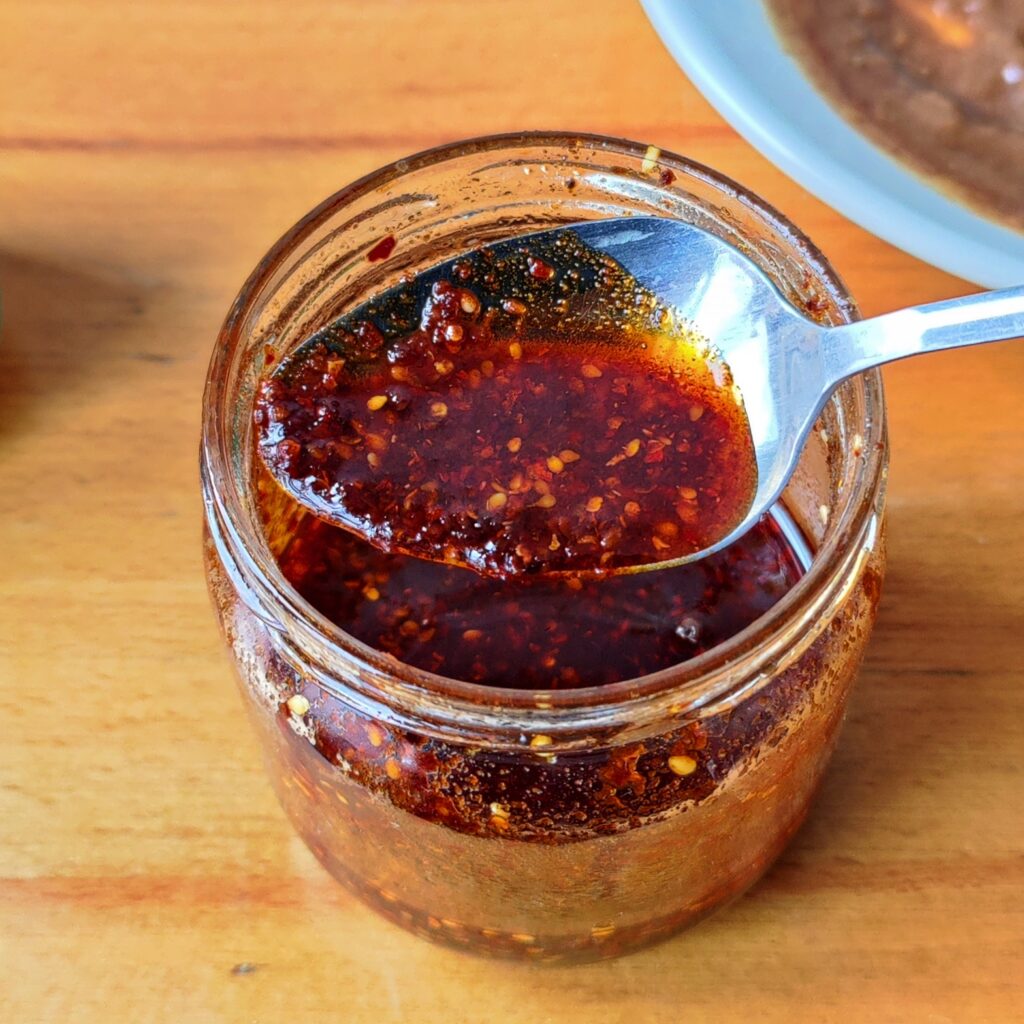
How To Use Your Chili Oil
Once you master the art of making your own chili oil and realize it truly is the master of all condiments, you will start planning your meals around it. Trust me, whenever I have a batch prepared, I keep trying to find meals that I can pair with it. Here are some ideas to help you:
- Cucumber Salad
- Tofu
- Chili Oil Eggs
- Dumplings
- Noodles
- Fries
- Pasta
- Pizza (trust me on this one)
- Sandwiches
- Hors d’oeuvres
Now for my personal recipe to this incredible condiment…
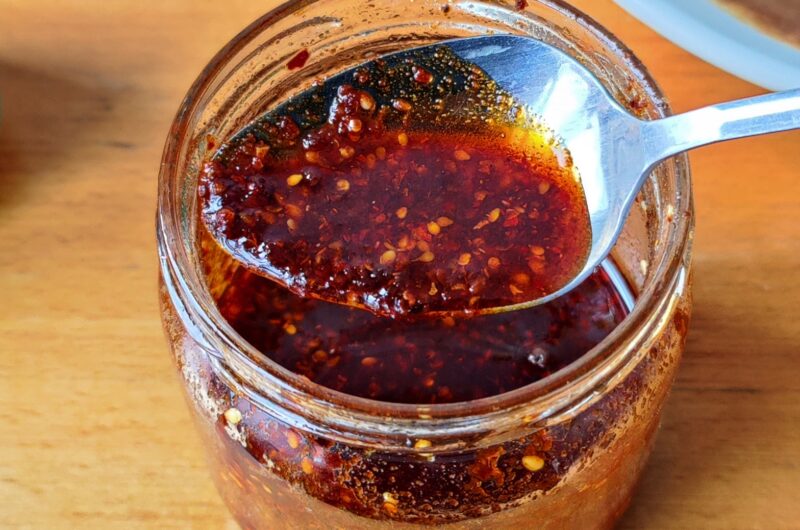


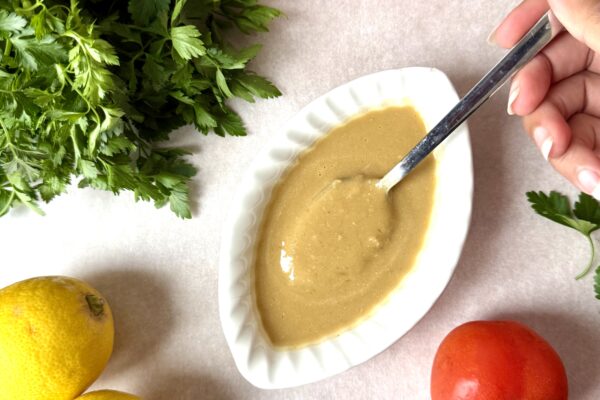


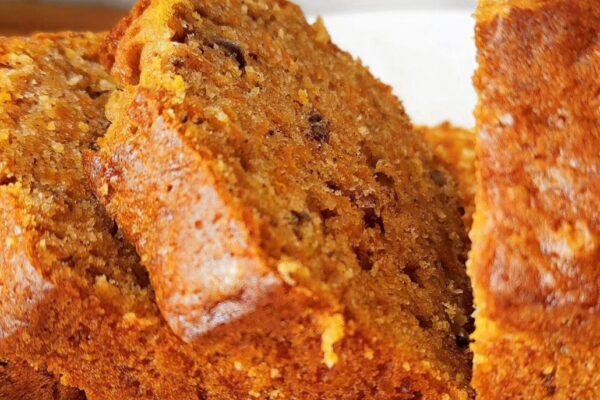
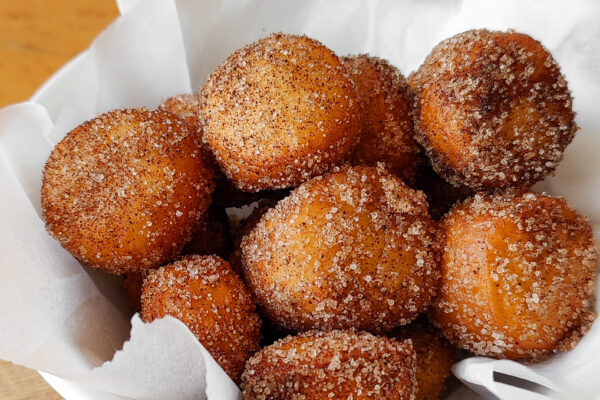




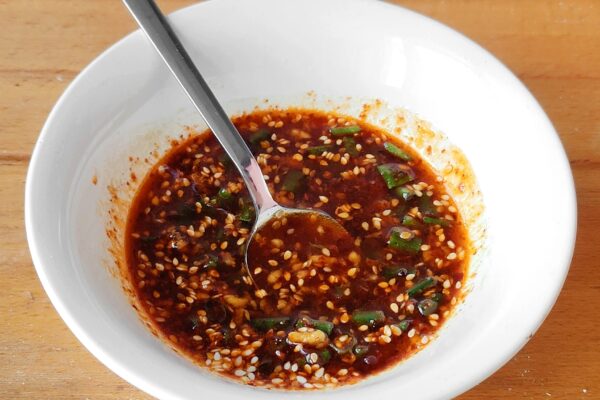


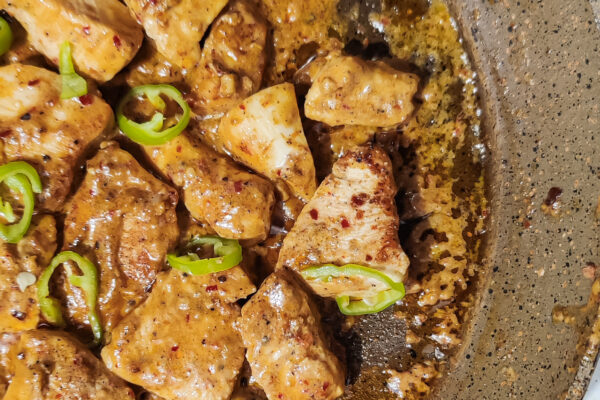



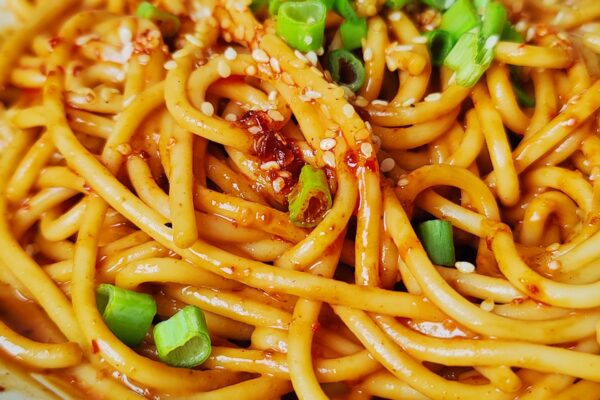


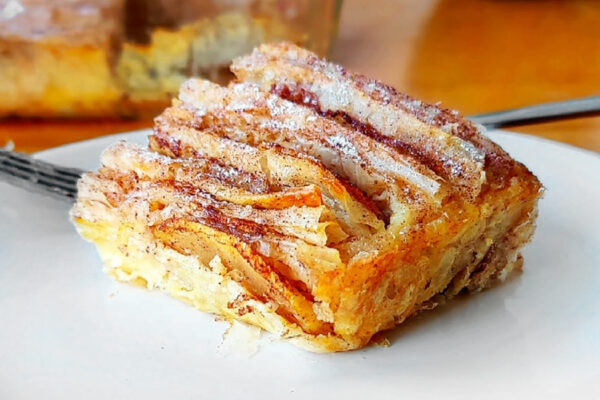
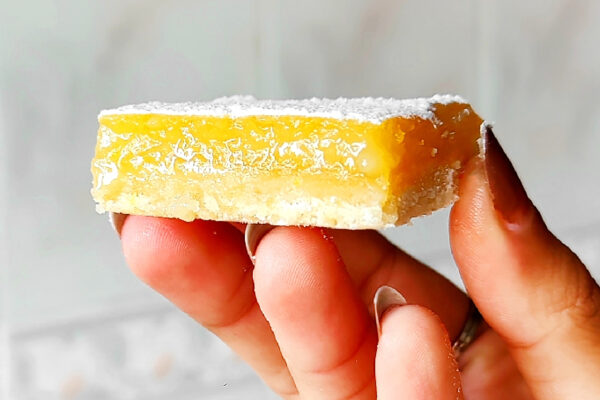




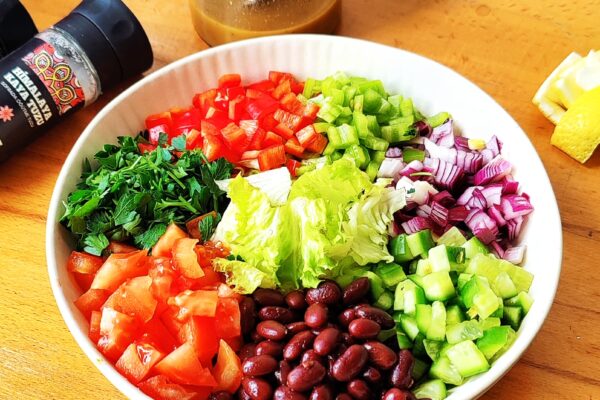
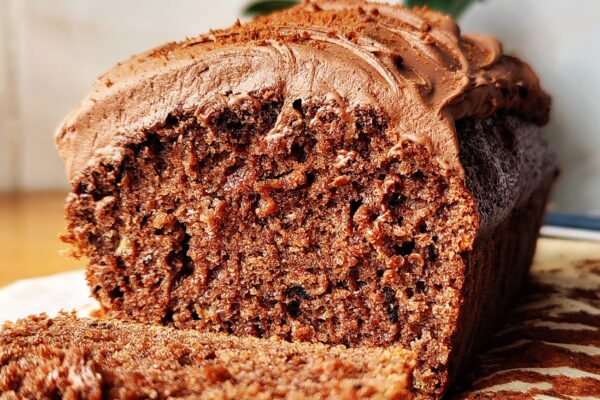




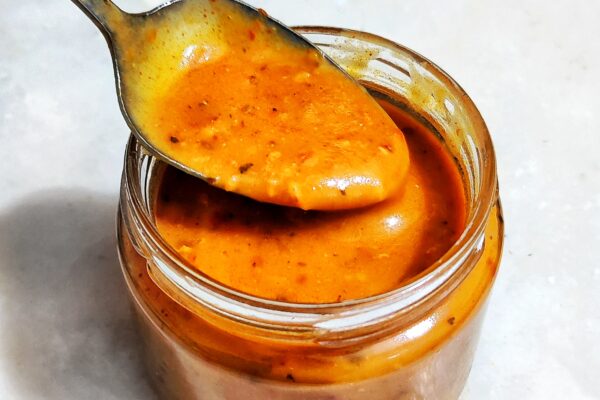
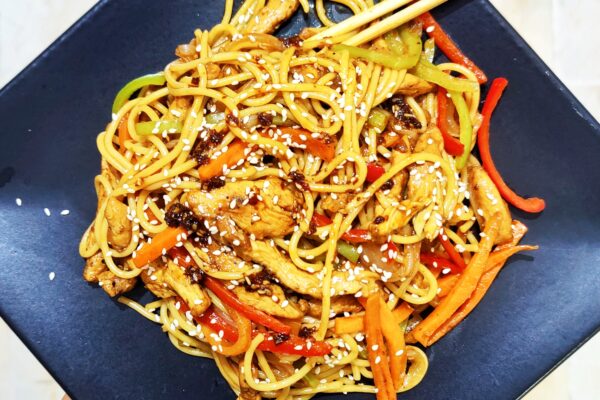




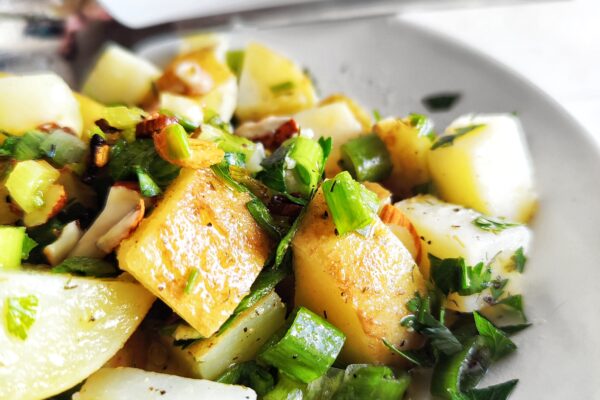
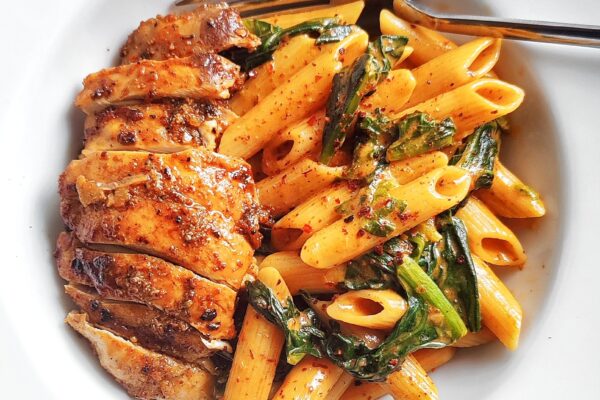
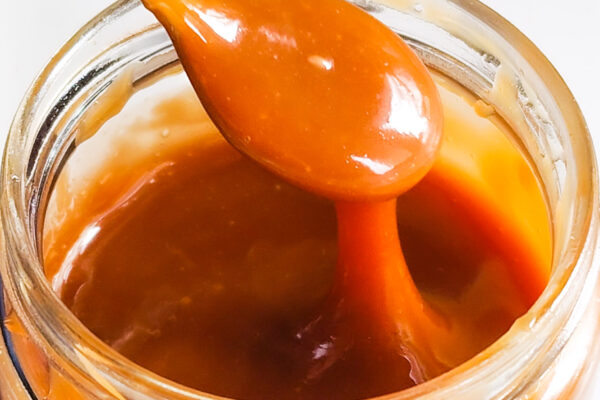

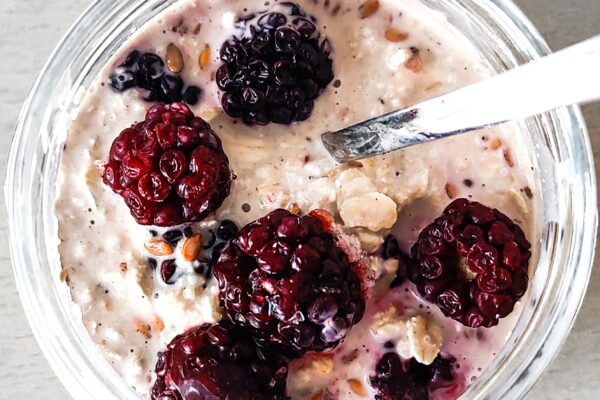

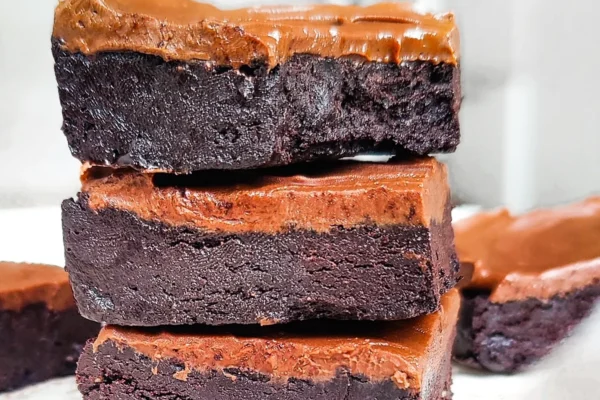



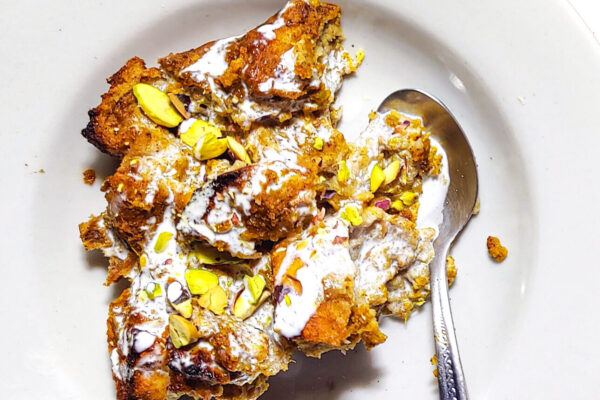
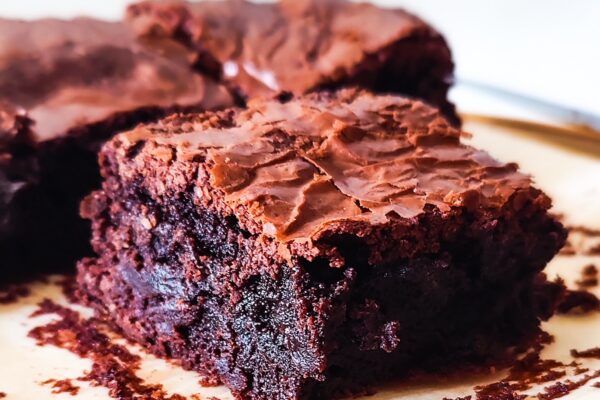


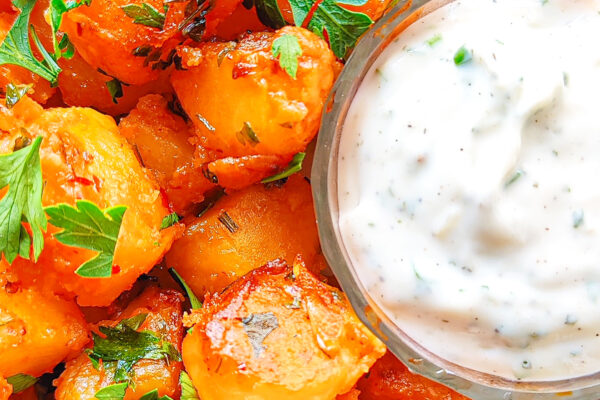






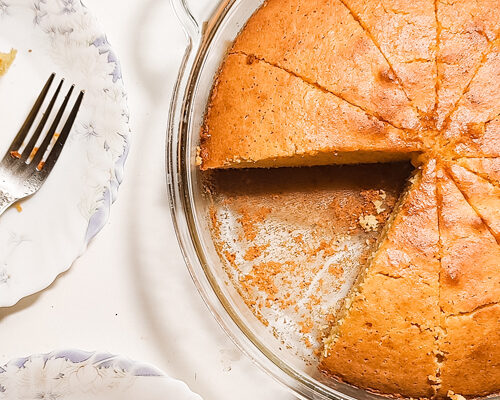

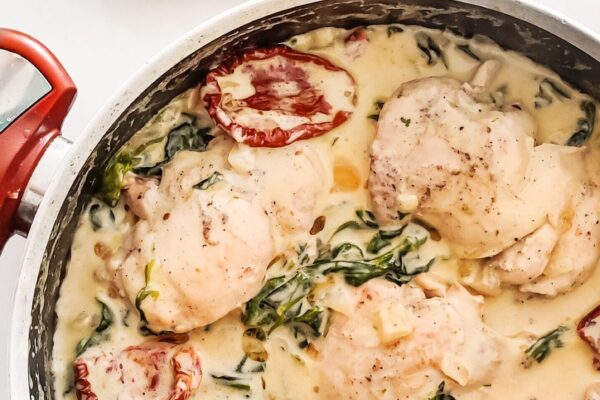
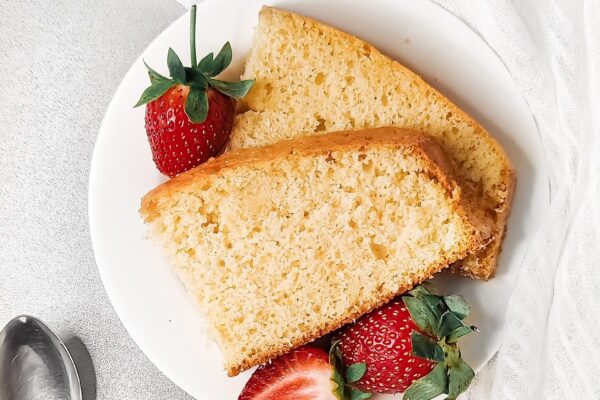
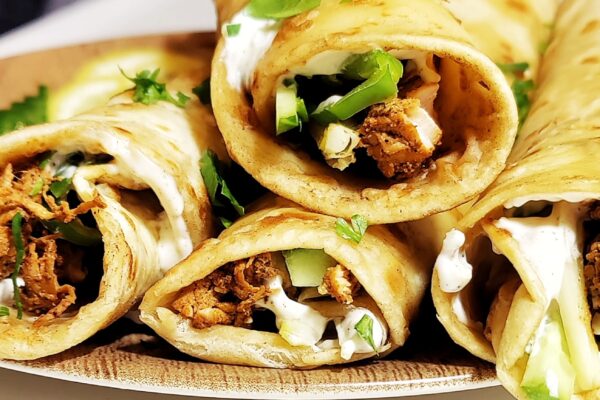
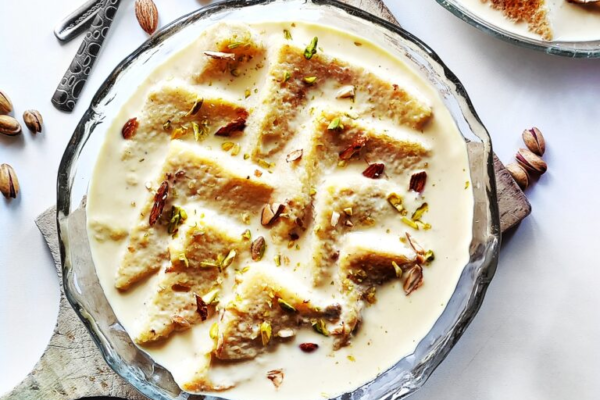
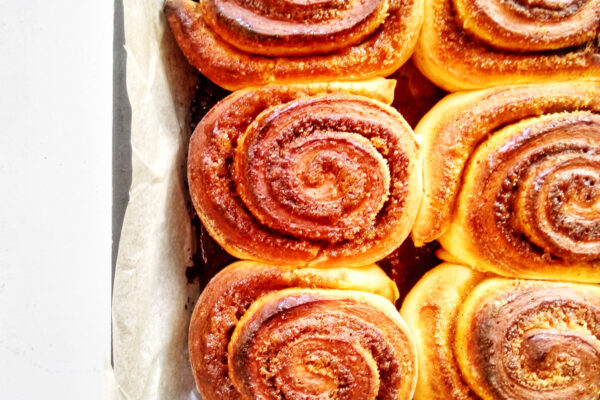

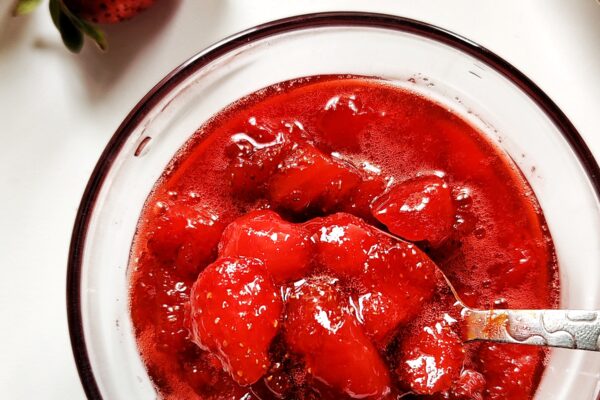


One thought on “Homemade Chili Oil (with Flavor Variations)”
Comments are closed.